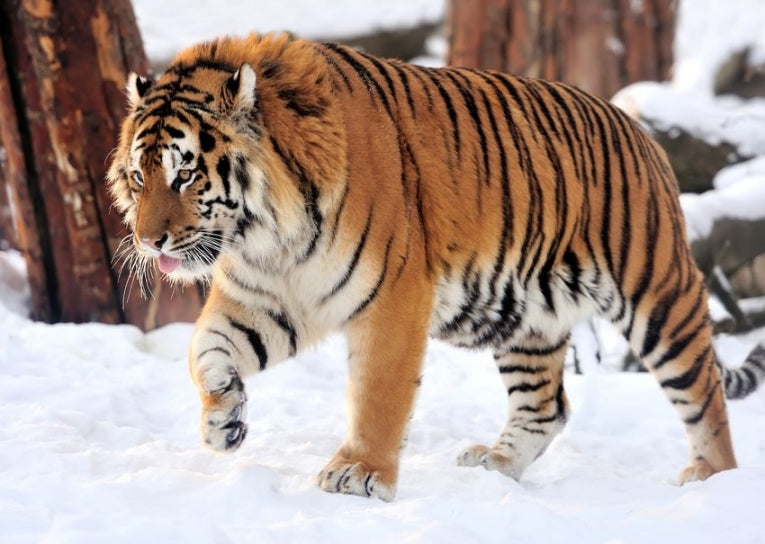Whether mammoth or a tiger sub-species, mouse or marsupial, there are many arguments for "bring back" species that have slipped through the net of conservationists. The more exploitative reports remark on Neanderthal man or dinosaurs from Jurassic Park.
The reality will be a line being drawn to restrict most researchers, although many would like the opportunities involved in" genetic re-birth." It's likely that the techniques involved could be useful in a cross-fertilisation of ideas between those conserving endangered species and the de-extincters
Ron Sandler is exploiting the situation himself with several books, from his base at the Ethics Institute of North-eastern University in Boston, Massachusetts. As usable DNA has been more and more easily located in flesh and bones, talk is of using only organisms that still have an extant habitat available. This means only recent exits of species would be dealt with, knocking most candidates on the head.
Dr Sandler explains that his thoughts are to conserve first, aggressively reducing the many causes of extinctions. However he seems to fail to recognise the hazards facing organisations when countries are not able to cooperate. In the book, "The Ethics of Species," he said that rapidly changing conditions within the ecosystem make it difficult to have conservation of species as the primary objective. Letting the system adjust is his solution there. A grass modified to improve a golf fairway would spread quickly and resist herbicides. It only benefits golf and golfers and could even become ecologically disruptive. The similar genetic modification by Monsanto of herbicide resistant corn was criticised. Mouse researchers found tumour development doubled and trebled when mice were fed 11% GM corn.
These arguments go on forever especially when commercial interest can afford to research more than scientific institutions. The plain evidence is that de-extinction could be a useful tool, whatever the ethics of the situation, or what people believe to be "ethical."
href="https://earthtimes.org/environment/tigers/index.html">Tigers









